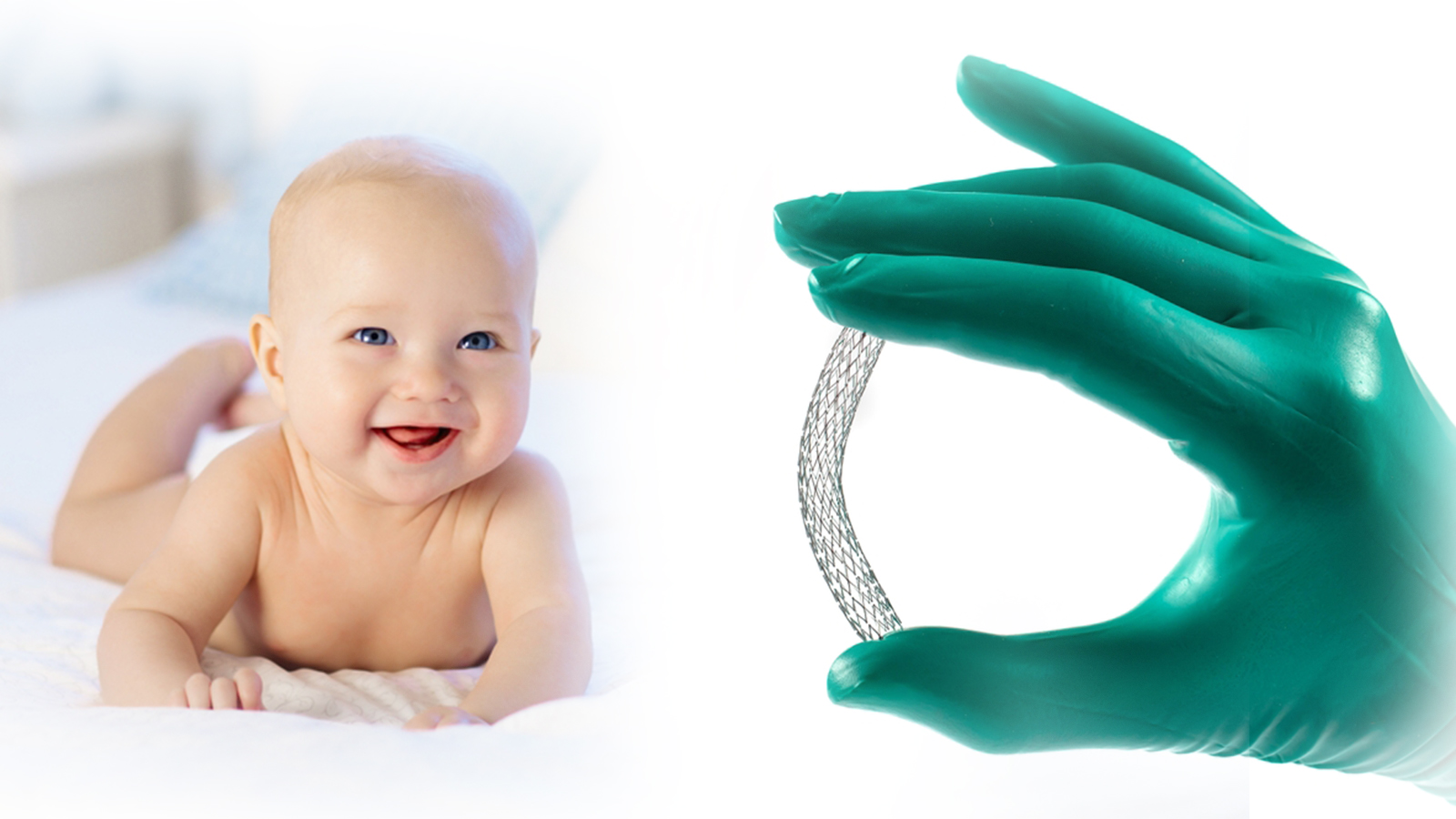
A significant breakthrough has been achieved with the FDA's approval of Renata Medical's Minima Growth Stent, a cutting-edge device designed specifically for children with Congenital Heart Disease (CHD). This approval marks a pivotal moment in personalized medicine, recognizing the unique anatomical and physiological needs of children. It represents a groundbreaking step towards improving outcomes for society's most vulnerable—infants and young children facing life-threatening heart conditions.
Renata Medical's Minima Growth Stent is a revolutionary device that grows with the patient, offering more than just a temporary solution. Unlike traditional stents, the Minima mimics the natural growth of blood vessels, potentially reducing the need for future invasive treatments during different stages of development. Its innovative design features long, thin struts that can be crimped to under 2mm for insertion, allowing for expansion as the child grows. This technique minimizes trauma during installation and reduces the need for frequent medical interventions, paving the way for more humane treatment processes.
Each year, thousands of children are born with congenital heart anomalies that severely impact their quality of life and life expectancy. Pediatric stents like the Minima are crucial for treating conditions such as aortic and pulmonary stenosis. If left untreated, these conditions force the heart to work harder, potentially leading to heart failure and even death. The development of a stent specifically for pediatric use represents a critical advancement in care, giving these fragile infants a chance not only to survive but also to thrive.
|
Launch Year |
Stent Name |
Company |
Key Features |
|
2014 |
Pediatra Stent |
CardioKinetix |
Designed for small vessels in neonates, capable of minimal expansion. |
|
2016 |
TinyHeart Stent |
TinySolutions |
Features a biodegradable material, reducing long-term risks and repeat procedures. |
|
2018 |
LittleLifesaver |
Vascular Innovations |
A drug-eluting stent that minimizes restenosis rates in pediatric patients. |
|
2020 |
KinderFlow |
Pediatric Vascular |
Customizable stent diameter to accommodate growth without additional surgeries. |
|
2022 |
ChildGraft Stent System |
LittleHearts Medical |
First stent with remote monitoring capabilities for ongoing pediatric cardiac care. |
|
2024 |
Minima Growth Stent |
Renata Medical |
FDA-approved; expands over time with the child’s growth, minimizing invasive procedures. |
The clinical outcomes of the Minima Stent are impressive, with trials showing a 97.6% effectiveness rate in alleviating stenosis. Furthermore, patients did not require any reinterventions up to six months post-implantation. This high efficacy suggests that the Minima Stent could set a new standard of care in pediatric cardiology. The stent's ability to be implanted through tiny incisions and adjusted in-office, with patients going home the same day, highlights its innovative design and patient-centered approach.
The Minima Growth Stent is likely to have significant economic implications. While the initial cost may be higher than that of conventional stents, the long-term savings are substantial due to fewer required surgeries and shorter hospital stays. From a healthcare economics perspective, this cost-efficiency could reduce the financial burden on families and healthcare systems.
While the Minima Stent is a revolutionary option, it may not be the best choice for every pediatric heart patient. Alternative treatments, such as more invasive surgeries and medication management, may be more appropriate in cases where stenting is not feasible. However, the Minima's small size and expandable design make it an attractive first-line therapy due to its less invasive nature.
As with any innovative medical device, the Minima Stent presents challenges, particularly regarding long-term follow-up in growing children. Continued research and sustained monitoring are necessary to ensure its safety and efficacy throughout its use. Additionally, challenges related to drug pricing and making such treatments accessible through insurance and regulatory frameworks must be addressed to ensure broad availability.
The FDA approval of the Minima Growth Stent marks a significant advancement in pediatric cardiac care, offering a new approach to treating infants with congenital heart deformities. This specialized, non-invasive treatment not only ensures survival but also enhances the quality of life for these young patients. As we continue to integrate such medical innovations, the future looks brighter for our most vulnerable population, turning previously insurmountable challenges into opportunities for progress.
Contact Us:
Akash Anand – Head of Business Development & Strategy
info@snsinsider.com
Phone: +1-415-230-0044 (US)
Hi! Click one of our member below to chat on Phone